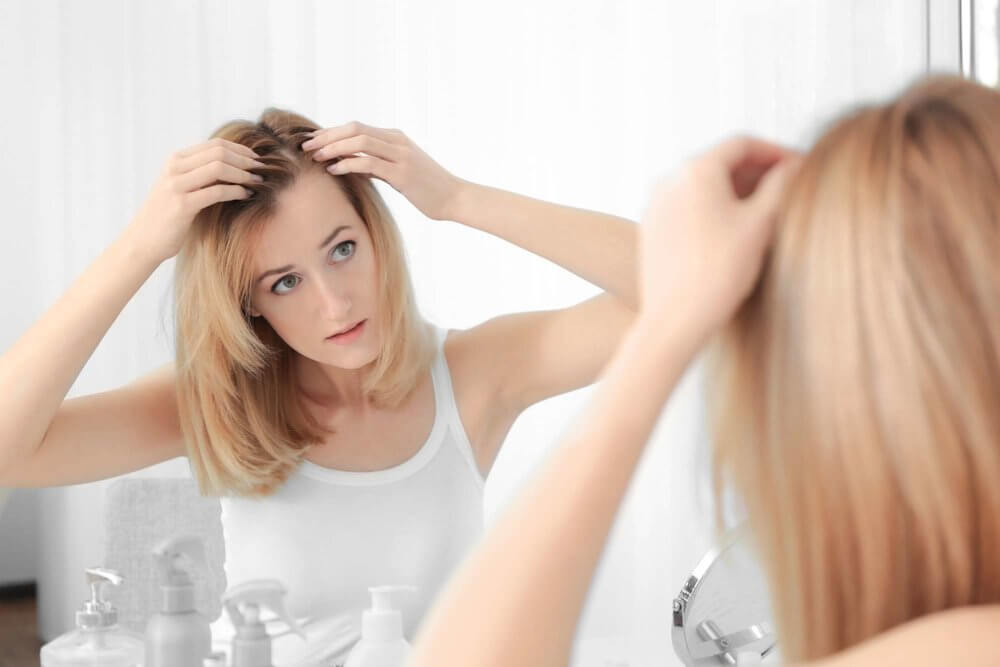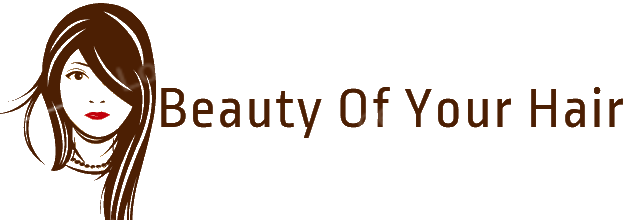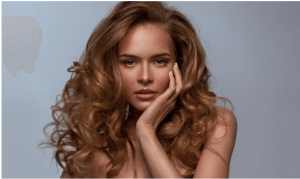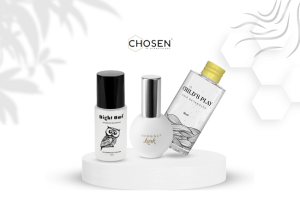Hair Loss Causes in Women

For most women, losing hair is a daily norm, and it can be especially tedious when you have long hair that sticks in the shower drain or sifts to the floor every time your run a brush through it. This is because human hair goes through a natural cycle that includes three phases: anagen, the growth phase; catagen, the transition phase; and telogen, the resting phase.
At any given time, it is estimated that only about 10% of hair follicles are resting, but it’s still normal to shed about 50-100 hairs per day, although that number could more than double on days when you wash your hair.
So you want to change your ponytail, but don’t have the time or the patience to do so yourself? Is there another way to easily transform your ponytail into something you will love? There is! A ponytail wig. A flexible 22-inch removable ponytail wig attached at the base of the hairline to easily make a simpler and more manageable ponytail style which is able to be changed out with ease for different looks.
The problem for some women is that hair loss can become more significant at times. While male pattern baldness is a well-known problem, female hair loss is discussed far less, despite the fact that an estimated 1 in 3 women will experience hair loss, or significantly reduced volume at some point. What are the most common causes of hair loss in women?
Hormones
Table of Contents
Pesky hormones are the cause of all kinds of bodily upsets, as many women know. However, there are times when significant fluctuations can affect hair follicles. For example, about 40% of women will experience female pattern baldness. Although this is technically a hereditary condition, the onset is often linked to menopause, which points to a hormonal connection.
Pregnancy is another prime example. During pregnancy, your hair enjoys a boost, often becoming thicker and fuller due to increased levels of estrogen and progesterone. After childbirth, however, those hormones drop off dramatically, and your pregnancy hair follows suit, shedding at a much higher rate for a few months and leaving wispy baby fuzz growing in its wake.
While you will eventually return to normal levels of shedding and your hair will grow back after childbirth, you might not want to wait several months to start seeing regrowth. And for women suffering from female pattern baldness, natural regrowth is highly unlikely. However, there is a solution.
With cutting-edge, low-level light therapy (LLLT) technology, you can stimulate hair follicles to see quicker regrowth and healthier, stronger hair. Laser caps are the FDA-cleared medical devices that emit LLLT technology onto the scalp tissue to encourage new hair growth.
Medical Conditions
There are all kinds of medical conditions that could impact your hair. One of the most common is anemia, or iron deficiency, which affects about 40% of women during pregnancy, and about 30% of non-pregnant women. Iron plays a critical role in producing proteins needed for hair growth. Deficiency can result in hair loss, although this is often easy to correct with iron supplements.
Some women also suffer from alopecia areata, or hair loss linked to an autoimmune disorder that causes your immune system to attack your body. This can be a hereditary condition, or it could be linked to allergies, asthma, or thyroid disorder, among other potential causes. It can also be linked to severe stress, which could act as a trigger for autoimmune response.
With alopecia, it’s hard to know what to expect. In some cases, hair that falls out in patches will regrow, perhaps for a short while or for good. Hair may just thin rather than becoming patchy, or you could lose all the hair on your head, or your entire body. Although there is no known cure for alopecia, a variety of treatment options are available, including immunotherapy and corticosteroids, as well as treatments like LLLT that can be used in tandem.
Diet
Your diet is extremely important when it comes to your hair health. Just as your body needs the essential vitamins and nutrients to function properly, your hair also needs specific nutrients in order to grow and stay healthy.
You can provide the proper vitamins, minerals, and nutrients to your hair through a multivitamin or through your everyday consumption of foods. Multivitamins can be found at almost any local grocery store. You can also consult with your doctor about what vitamins would be best for you.
If you are looking to incorporate foods into your daily diet, focus on food groups that are high in protein for the best hair growth results. Your hair is made up of almost entirely protein, so it makes sense that a diet consuming of protein will help your hair stay strong and healthy.
Some of the best foods that you can eat on a daily basis to help keep your hair healthy are nuts, seeds, grains, spinach, cheese, fish, eggs, meat, avocados, pumpkin, and berries. These foods all contain natural properties that can help increase the growth, thickness and shine to your hair.
Conclusion
Keeping your hair healthy can sometimes seem like a challenge. However, if you keep an eye on your hormones and medical conditions, your hair can stay on track. Also, if you stay on top of your diet to feed your hair the proper nutrients, your hair will benefit. Keep in mind that laser caps are one of the best ways that you can naturally restore your hair health on top of the recommendations listed throughout this article.







